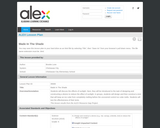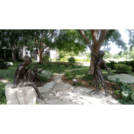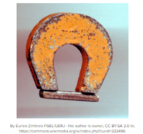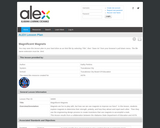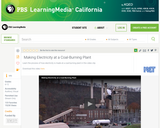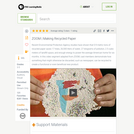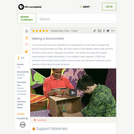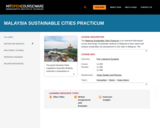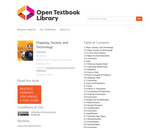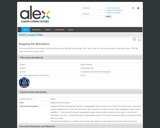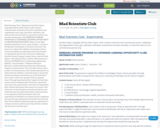
Mad Scientists Club - Experiments
by Olivia Taylor Copyright 2019 by Olivia Taylor under Creative Commons Non-Commercial License. Individuals and organizations may copy, reproduce, distribute, and perform this work and alter or remix this work for non-commercial purposes only.
NEBRASKA HONORS PROGRAM CLC EXPANDED LEARNING OPPORTUNITY CLUBS INFORMATION SHEET:
Name of Club: Mad Scientists
Age/Grade Level: varies; Grades 2 - 3rd and 4 - 5th
Number of Attendees: 12-15
Goal of the Club: The goal was to expand the children’s knowledge of basic science principles through demonstration and hands on experiments. Resources: University of Nebraska Lincoln Honors Program
Content Areas: (check all that apply)
☐ Arts (Visual, Music, Theater &Performance)
☐ Literacy
☒ STEM (Science, Technology, Engineering &Math)
☐ Social Studies
☐ Wellness (Physical Education, Health, Nutrition &Character Education)
Outputs or final products: The club did not have a final product, but during many of the weekly experiments we made items the children could take home to show their friends and family.
Introducing your Club/Activities: I led a science club to two groups of kids at separate times. Through experimentation I taught the kids basic natural science fundamentals. We did an experiment each week and a mini lesson to describe the experiment after.
General Directions: Each week once we got to the classroom I took attendance, introduced what we were doing that day, then performed either a demonstration or an experiment with the students. After the experiment was finished we cleaned up then I explained how and why the experiments worked the way they did.
Tips/Tricks: While working through the experiments it worked out best to perform each step with the students and all work at the same pace.
- Subject:
- Applied Science
- Education
- Material Type:
- Activity/Lab
- Lesson
- Lesson Plan
- Date Added:
- 08/10/2019
